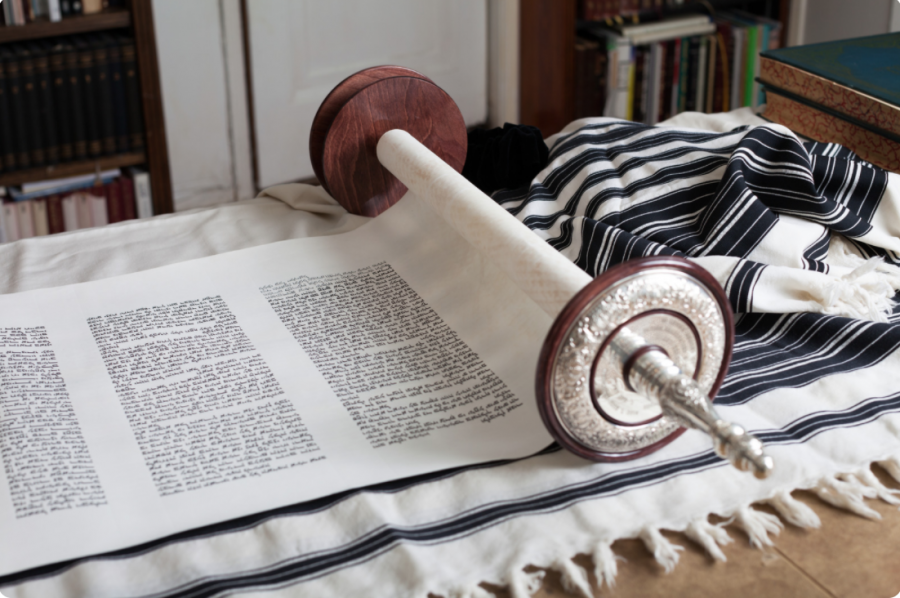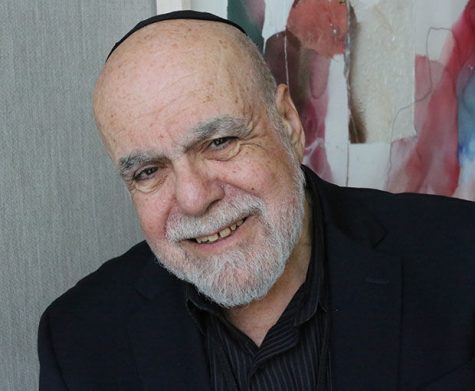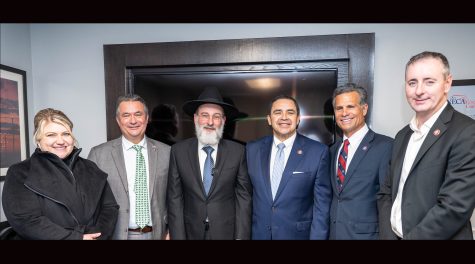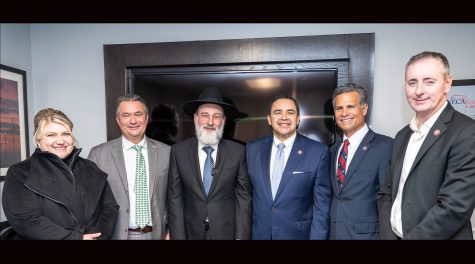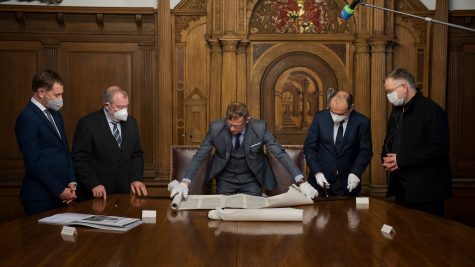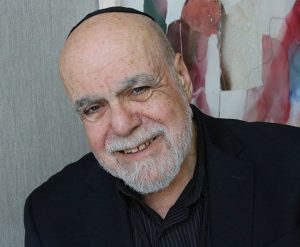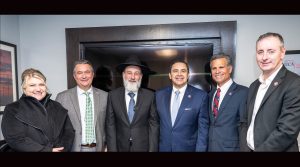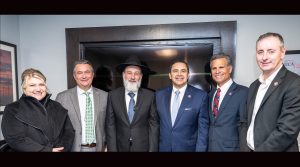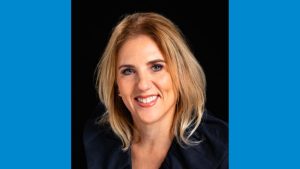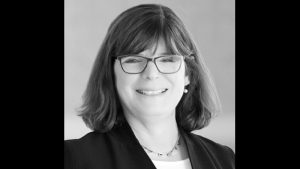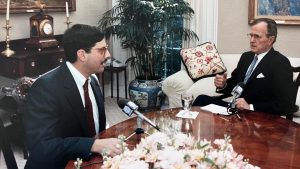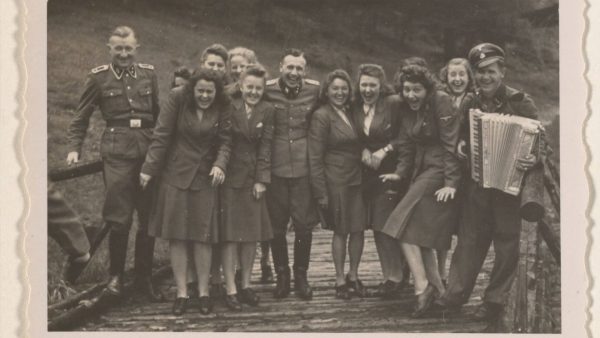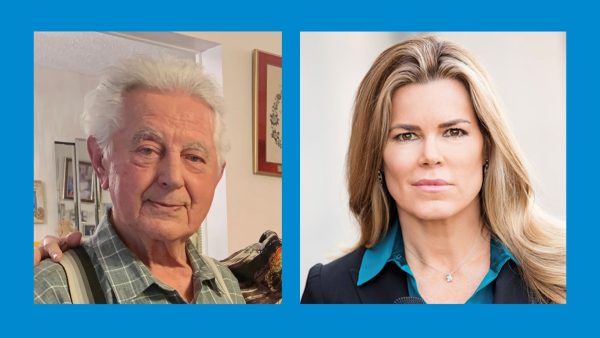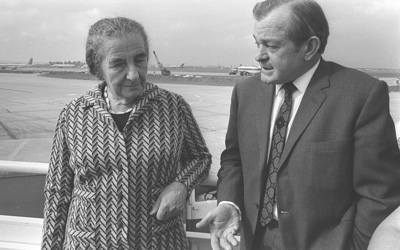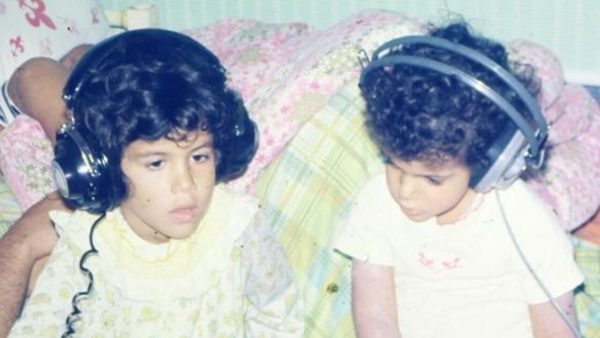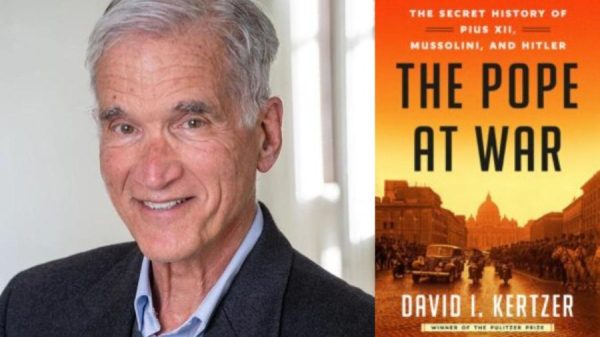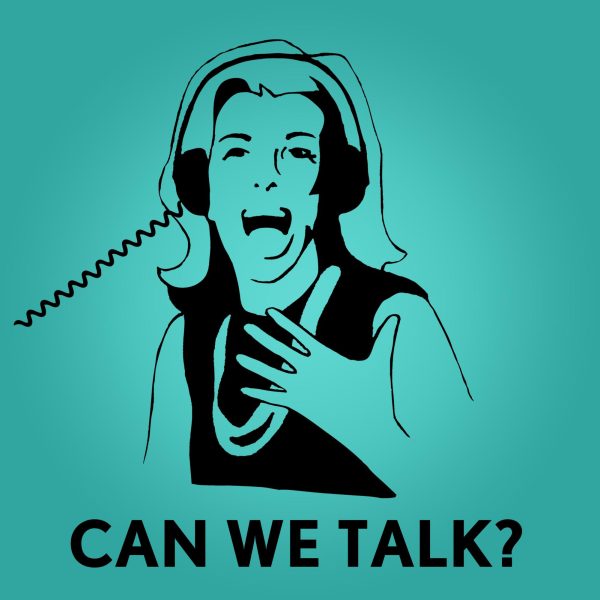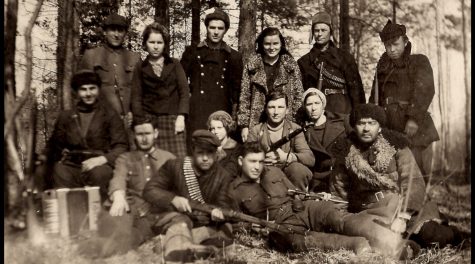Understanding the Secrets of Torah Numerology
Published February 7, 2022
(Chabad.org) Viewers of Chabad.org/Video and consumers of the website’s in-depth essays have long known and enjoyed the prolific scholarly output of Rabbi Aaron L. Raskin, Chabad-Lubavitch emissary to Downtown Brooklyn and rabbi of Congregation B’nai Avraham in Brooklyn Heights.
Secrets of Torah Numerology
The rabbi’s most recent work, Simanim: Parsha Mnemonics, provides a wealth of insights hidden in the number of verses in each of the 54 portions of the Torah, along with the Hebrew words or phrases, enshrined in tradition, that have that numerical value.
Counting the letters and verses of the Torah have long been important to scribes and scholars who wished to ensure that the scrolls they were copying were accurate, with nothing added and nothing missing.
In addition to being a handy way to recall how many verses are found in a given Torah portion, the mnemonics can also be seen as an insight into the content and message of the Torah portion to which they are assigned.
In this interview, Rabbi Raskin discusses the genesis of this book and the many others he has authored, along with his personal inspiration.
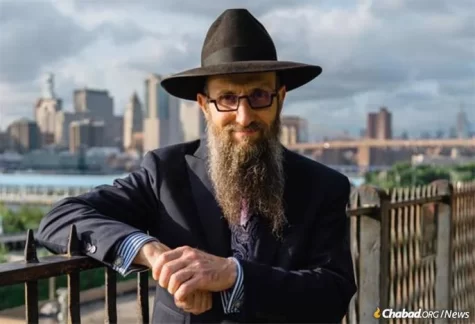
Q: Many of our readers know you as the author of Letters of Light, your classic treatment of the Hebrew alphabet. Here again, you are taking a deep dive into the world of letters and numbers, little things most people just take for granted. How did you develop this interest?
A: When I was a kid in yeshivah in the 1970s, my teachers had told us that each letter has deep meaning and that there are stories associated with them. I even heard something about the first few letters, but I hungered for more.
My grandmother, Rebbetzin Chava Hecht, gave me a book on the subject, The Wisdom in the Hebrew Alphabet by Rabbi Michael Munk, and that lit up my life.
As I learned more, I recognized how much the Rebbe [Rabbi Menachem M. Schneerson, of righteous memory], whom I had observed since childhood, spoke so much about the holiness of the letters, and I really wanted to bring this wisdom to the English-speaking world, especially those who had never been initiated into the learning of Kabbalah or advanced Judaic studies.
After my marriage, my wife and I became Chabad emissaries to Downtown Brooklyn, and I became founding rabbi of Congregation B’nai Avraham.
I gave a six-week course on this subject, which I recorded and gave to the late Rabbi Yonah Avtzon of SIE, which then sold cassette tapes. He encouraged me to expand it into a book, which I did. (It has become a series of videos on Chabad.org as well.)
The Shabbat after the book came out, a congregant asked me what the next one would be about since “every good book needs a sequel.”
That week’s Torah portion was Vayikra, which famously has a small aleph in its first word, and this led me to By Divine Design, which explores the letters of unusual size and other anomalies in the typography of the Torah.
In all my books, I make sure to look at the corpus of Chassidic teaching. Even if I find nothing explicitly discussing the topic at hand, I try to apply the Chassidic principles and approach it with the outlook that Chassidism gives us.
From there, I went on to a book on tefillin and mezuzah called Guardian of Israel, and then to Thank You G‑d for Making Me a Woman, which explores the misconception that Judaism values men over women in its liturgy and in Jewish life as a whole. Also, many of these books have been translated into other languages like Spanish, Portuguese, Polish and German.
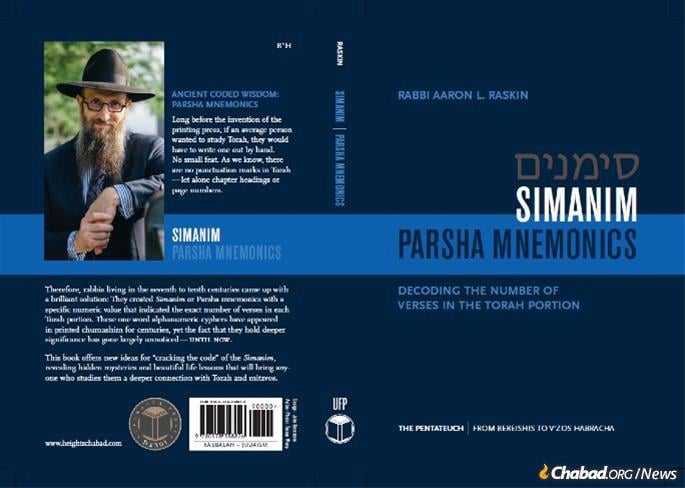
Q: How did you get the idea of your latest book?
A: This one is a sequel to By Divine Design. The Artscroll Chumash has a concise comment from Rabbi Dovid Feinstein (z”l) on the mnemonic of each portion, but I felt that the English-speaking world needed more than that.
In addition to the mnemonic itself, I also explore the actual number of verses, something we saw the Rebbe himself do.
This subject was actually the topic of my sermons for a year of Shabbats, as well as a series on Chabad.org before it finally took its current book form. I wrote notes before and after my sermons, and that eventually transformed into this book.
Q: That was fascinating. I am sure our readers want to know more about you and what inspires you personally.
A: I was born in 1967. My father is a Chabad Chassid from Russia, and my mother’s family are among the leaders of the growth of Chabad in America in the 20th century.
My maternal grandfather was the legendary Rabbi Jacob J. Hecht, who was the rabbi of a large congregation in East Flatbush, Brooklyn, and the man behind many Chabad initiatives in and around New York City.
I would often spend Shabbat with my grandparents and loved watching my grandfather speak. His eyes would bulge, and he would transport his listeners to a different space, speaking vividly and passionately.
I knew then that I hoped to be like him one day.
And at home, in Crown Heights, I was among the children watching and learning from the Rebbe.
As I grew into a teen, I started to understand more of the Rebbe’s teachings and I felt like he was speaking directly to me.
After studying in New York and Morristown, N.J., I spent two years in London, before returning to study in the yeshivah in the Rebbe’s synagogue in September of 1988. Already, I had a passion to communicate what I had learned with a larger audience.
Thank G‑d, over the years, I have done that in a variety of ways.
Q: Is the Rebbe represented in this latest book as well?
A: I know of two times where the Rebbe spoke directly about the mnemonics, and I cite and expound upon them both in the book: one in the portion of Tetzaveh and the other in Pekudei.
As I wrote this book, I was struck by how limitless the Torah is. In something as contained as a number of verses and a simple mnemonic, there is so much to unpack, so many layers of meaning and insight just waiting for us to discover and apply them.
Q: What are you writing next?
A: I am working on a book for Noahides, non-Jews who wish to live in accordance with Torah values but don’t have plans to convert to Judaism. This is a daily guide to a purposeful and spiritual life—from the time we arise in the morning until we go to sleep at night.
The Torah has something to teach every human, and I am trying to be a conduit through which the Torah can touch as many people as possible. I am hoping to do my part to prepare myself and the whole world to be ready for the coming of Moshiach.
(Simanim: Parsha Mnemonics is available online at rabbiraskin.org).
“Reprinted with permission from Chabad.org”



